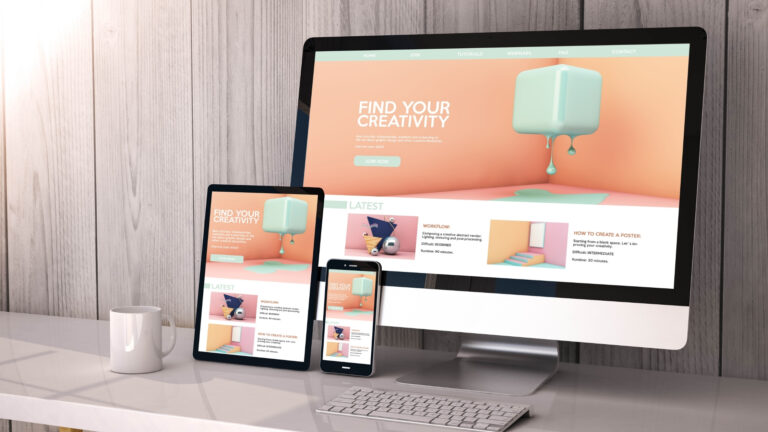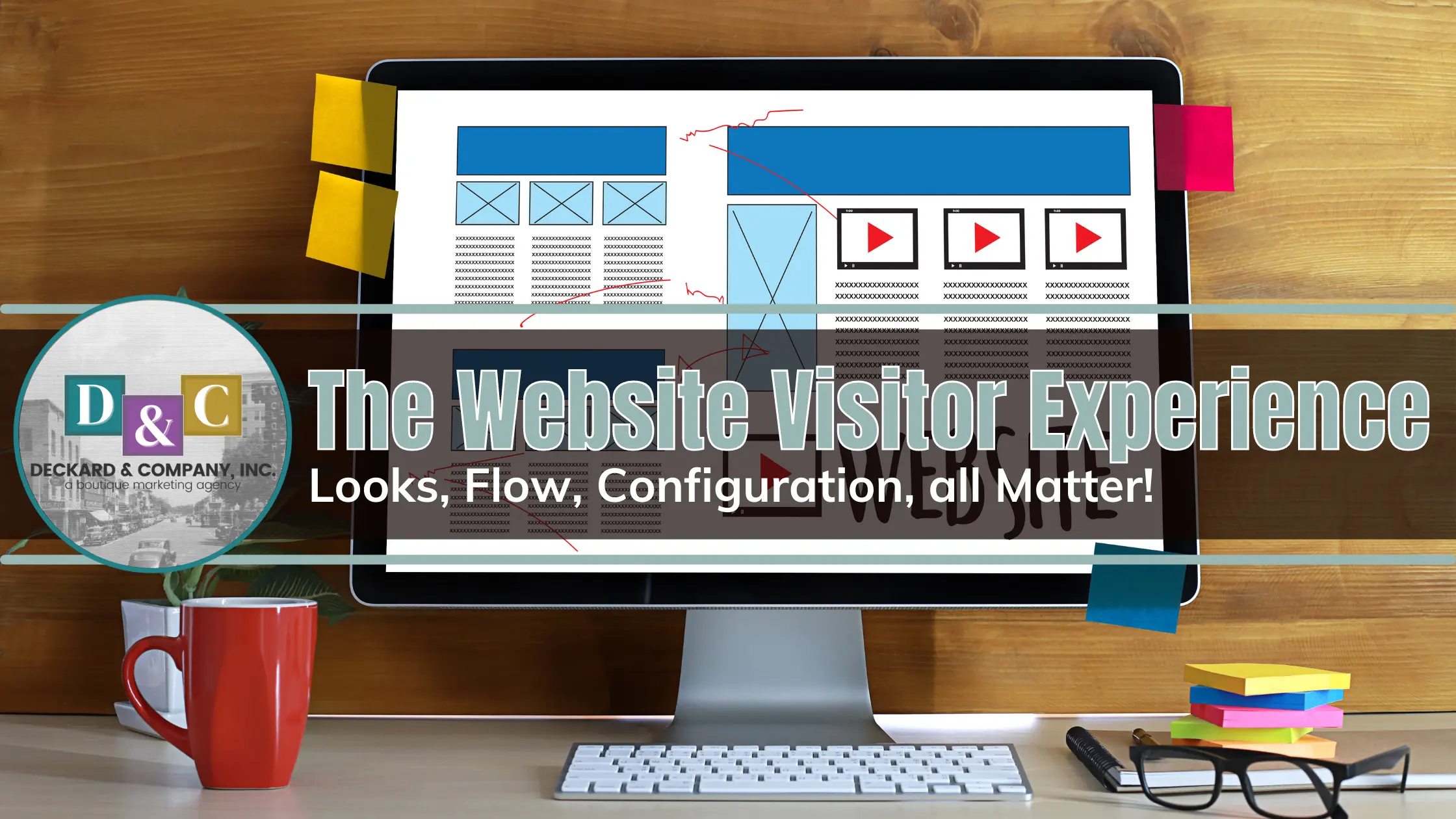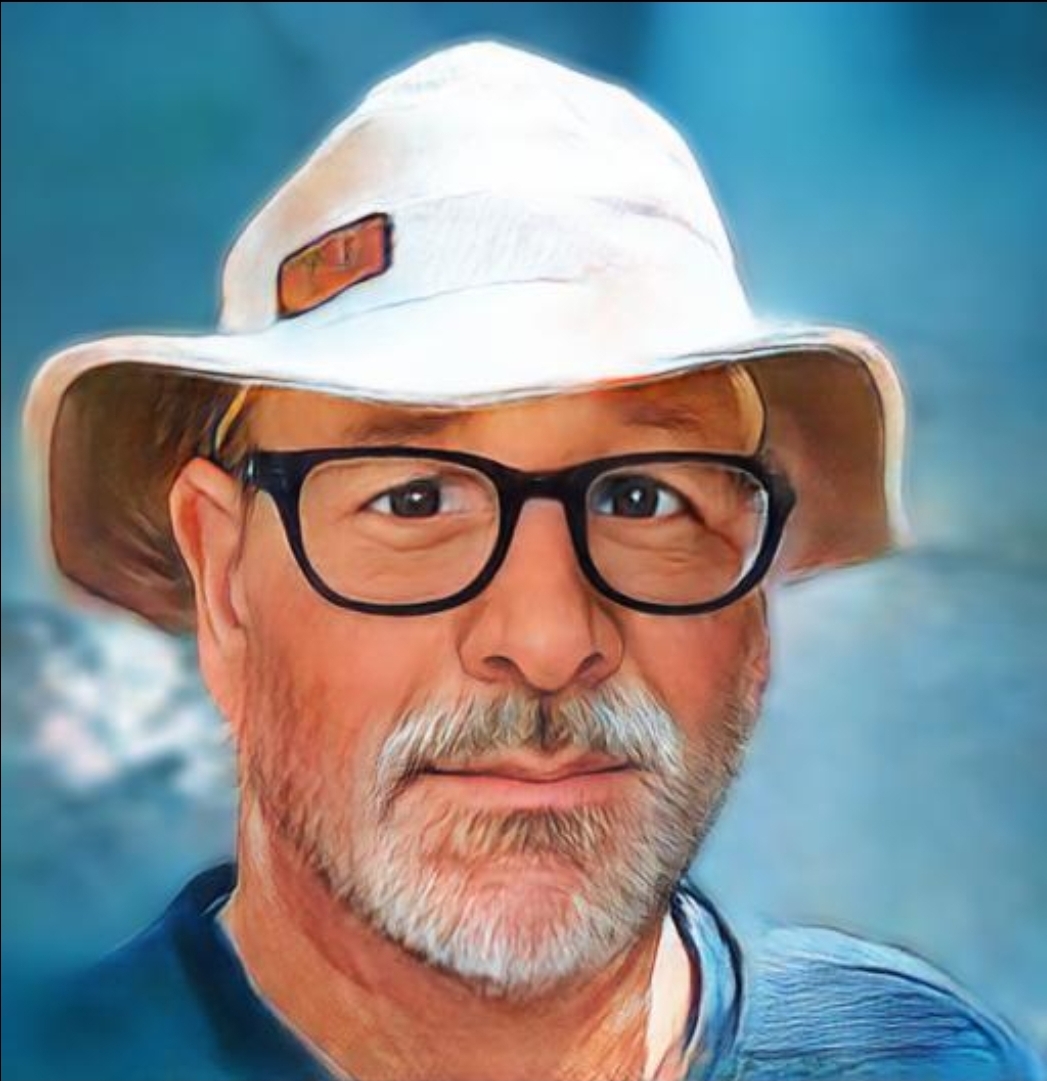Last month we talked a little bit about the value of hiring a professional designer to create your brand’s imagery.
Now we’re going to expand on that. This blog explores how a professional website designer takes the complexities of outward-facing site design and turns them into an efficient, even pleasing experience for the user.

Looks Matter
Your website’s appearance might be the first impression your brand makes on a potential customer. Just like an image someone might see in an ad or on social media, the appearance of your website will affect how a visitor thinks about your whole brand. You want that appearance to be professional and appealing.
Going with the Flow
Graphic design starts with manipulating a single image, then putting it together with other images, words and even negative space—the empty areas that help images pop and breathe.
Website design takes all of these elements and incorporates them into a layout.
Every page of your site will have multiple design elements working together. As the user scrolls through the site, the layout is part of the aesthetic appeal, too.
The layout needs to “flow,” so that the user’s attention isn’t interrupted.
Information Configuration
Just as your website’s images need to be pretty and work together, so too does your actual information need to be organized in a way that makes intuitive sense.
It matters a great deal what information we put on which pages. We don’t want to make visitors scroll and scroll through lengthy paragraphs to find what they’re looking for. And we don’t want visitors to click on a misleading menu option only to find some of what they’re looking for mixed in with a bunch of other info they didn’t need.
We put some info on your home page to entice visitors and to give them the best snapshot of your brand. And we group information on separate pages that can be quickly summarized in a word or two on a menu, so that users can find what they’re looking for without surprises.

Making the Complex Look Easy
In a way, building a website is like building a house. How the rooms are positioned in relation to one another, and where you put windows and doors and walls, all affect how easy it is to move around in.
It takes a lot of planning and work to get everything in the right place. But when it’s done right, it won’t be any work at all for the user.




